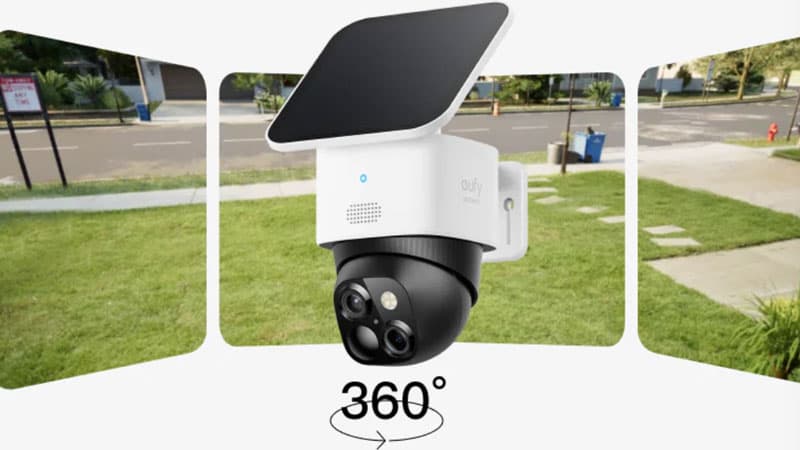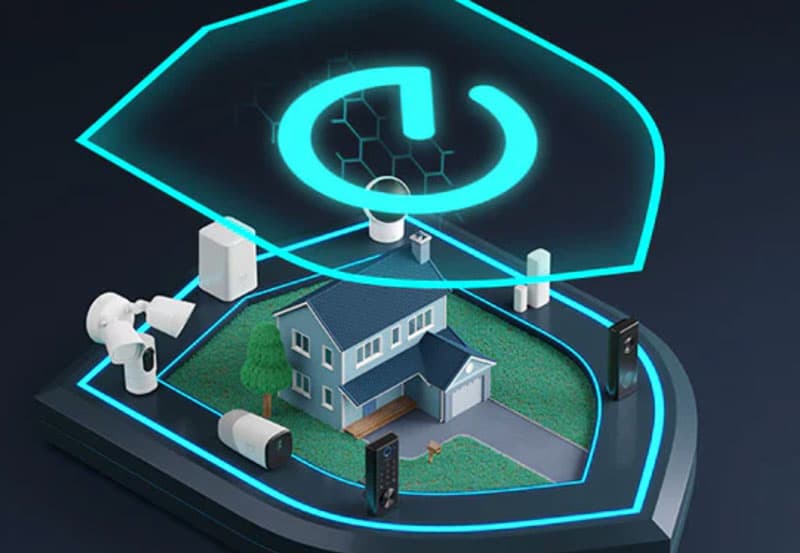In the digital age, security is paramount. Whether safeguarding a business, protecting a residential property, or monitoring public spaces, the demand for robust surveillance systems has never been greater. Traditionally, video surveillance systems relied on on-premises hardware and infrastructure, requiring significant upfront investment and ongoing maintenance. However, with advancements in technology, cloud-based video surveillance has emerged as a game-changer, offering numerous benefits over traditional setups. Let’s delve into the advantages of embracing cloud-based video surveillance.
1. Cost-Effectiveness
One of the most compelling reasons to opt for cloud-based video surveillance is its cost-effectiveness. Traditional surveillance systems often entail hefty upfront expenses for hardware, software, and infrastructure setup. In contrast, cloud-based solutions typically operate on a subscription-based model, eliminating the need for large capital investments. Moreover, cloud-based systems reduce ongoing maintenance costs as updates and upgrades are handled by the service provider, saving both time and money in the long run.
2. Scalability
Cloud-based video surveillance offers unparalleled scalability, allowing businesses to easily expand their monitoring capabilities as needed. Whether adding new security cameras and systems, increasing storage capacity, or extending coverage to multiple locations, cloud-based systems can effortlessly adapt to evolving security requirements. This scalability ensures that organizations can maintain optimal security levels without being constrained by the limitations of traditional surveillance setups.

3. Accessibility
One of the standout features of cloud-based video surveillance is its accessibility from anywhere, at any time. Users can securely access live feeds and recorded footage remotely via web browsers or mobile applications, providing real-time visibility and control over their security assets. This remote accessibility is particularly beneficial for businesses with multiple locations or for homeowners who wish to monitor their property while away. Furthermore, cloud-based systems often offer advanced features such as motion detection alerts and video analytics, enhancing situational awareness and proactive threat detection.
4. Reliability and Redundancy
Cloud-based video surveillance systems boast high levels of reliability and redundancy, mitigating the risk of data loss or downtime. Unlike traditional setups that rely on on-premises hardware, cloud-based solutions leverage distributed data centers and redundant infrastructure to ensure continuous operation. In the event of hardware failure or network issues, data is automatically backed up and replicated across multiple servers, guaranteeing data integrity and system availability.
5. Security and Data Protection
Security is paramount when it comes to video surveillance, and cloud-based systems prioritize data protection with robust encryption and authentication mechanisms. Leading cloud providers adhere to stringent security standards and compliance regulations, safeguarding sensitive footage from unauthorized access or tampering. Additionally, cloud-based architectures offer built-in disaster recovery capabilities, ensuring that critical surveillance footage is protected against unforeseen events such as theft, vandalism, or natural disasters.

6. Integration and Interoperability
Cloud-based video surveillance seamlessly integrates with other security systems and third-party applications, enhancing overall operational efficiency and effectiveness. Whether integrating with access control systems, alarm systems, or video analytics platforms, cloud-based solutions enable organizations to leverage a unified security ecosystem. This interoperability streamlines workflows, facilitates data sharing, and enables intelligent automation, empowering organizations to extract actionable insights from their surveillance data.
7. Eco-Friendly
Embracing cloud-based video surveillance can also contribute to environmental sustainability by reducing the carbon footprint associated with traditional on-premises infrastructure. Cloud data centers are designed for energy efficiency, leveraging technologies such as virtualization and server consolidation to minimize power consumption and maximize resource utilization. By transitioning to cloud-based solutions, organizations can decrease energy usage, lower emissions, and contribute to a greener future.
Conclusion
In conclusion, cloud-based video surveillance offers a plethora of benefits ranging from cost-effectiveness and scalability to accessibility and security. By harnessing the power of the cloud, organizations can elevate their security posture, enhance operational efficiency, and gain peace of mind knowing that their assets are protected around the clock. As technology continues to evolve, cloud-based video surveillance is set to revolutionize the way we perceive and manage security in the digital age.






